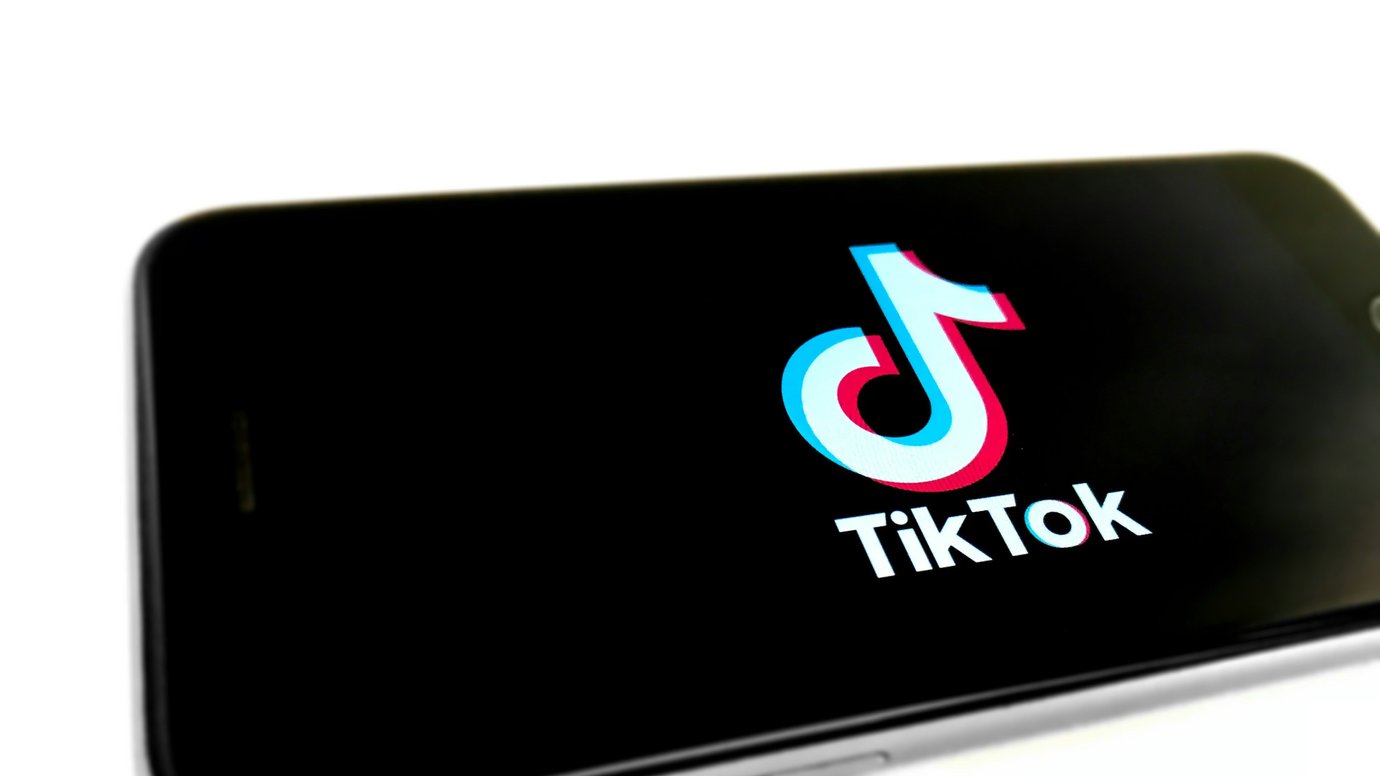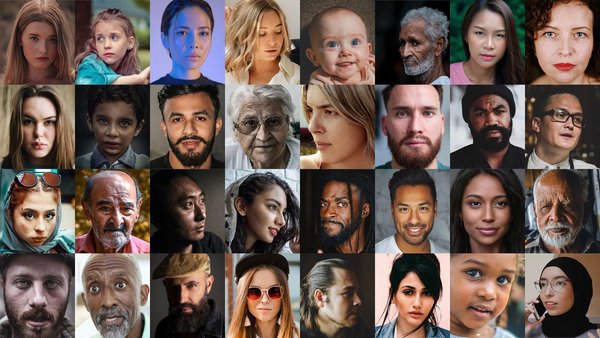TikTok and interest-based targeting: what’s old is new /
TikTok advertising goes against 20 years of digital marketing best practices, says And Rising co-founder Jonathan Trimble, and that's a good thing.

If you use TikTok’s ad manager in its ‘Get Started’ mode, you might be surprised that it often doesn’t ask you to select a target audience. No demographics, no keywords, no geo-fencing — instead it throws you straight into the creative. Of course, TikTok does encourage you to think about your audience, but the bulk of its ad creation tools focus on making good creative.
This goes against 20 years of digital advertising best practices. Traditional social media has relied on the social graph, attempting to map connections between people, demographic data, and behavioural metrics to target ads effectively. The idea was to reach the perfect person at the perfect moment with an imperfect ad. Digital advertising was not supposed to be good, it was supposed to be ‘good enough’ to get by.
TikTok (and for that matter Reels and Stories) have turned this on its head. Their insight is that our personal connections are not always the best indications of what we want to watch. Almost no one today, for example, has much connection to a farm, yet hoof-trimming videos are extremely popular. So too are sailing videos, tiny home tours, unboxing, extreme makeup, and so on. Rather than mining your connections for insights, TikTok and its competitors use algorithms to determine what you like based on the preferences of people who have the same interests. It finds the hidden and often surprising affinities between content types.
Technically, this is known as ‘interest-based targeting’, and it has broad implications for advertisers of all types and sizes. Essentially, we have to adopt a new playbook, one that requires us largely to go back to basics. Put simply, in an interest-based world, we have to become interesting again. Here is how it works:
Recognise TikTok is not social media. Think of it instead as a new form of TV, a broad-based medium perfect for brand campaigns designed to reach an audience rather than a demographic. Digital has often been seen as a ‘last mile’ medium, perfect for moving people along specific steps in the funnel. Instead, you need to look at these new media as more generic platforms, where creativity and emotion are critical to finding your audience.
Drop organic as a strategy. Brands tend to look at organic reach as free. But free is never free, and competing with all of the fantastic content on these platforms is extremely difficult. In the short run you may have some success, but you’re not a publisher. Your focus should be on your product or service, not becoming a media player and following, commenting, and all the other activities required to succeed in that arena.
Pay for play. Traditional advertising is still a great model for brands. Paying for ads allows you to create (or find someone to create) great content that doesn’t distract from your mission. On interest-based platforms, users quickly scroll through content, so there is no penalty if you don’t show them something they don’t love. TikTok ads are not as interruptive, but either contribute to the experience or are quickly bypassed without any impact on your brand. So create something great, then, and trust the algorithms to find people who like it.
Make as many activations as possible. As anyone in advertising knows, you might feel a particular commercial is the best in the world, but your audience has the last word. Often the ad that you really didn’t think was that great proves a huge hit. So, make as many different ads as you can afford, perhaps allocating a small fraction of your TV budget to do so. Then, with the algorithm, determine what is successful or not, and optimise more content accordingly.
Turn back the clock. It’s time to go back to basics and start making ads that entertain, touch people, and deliver something that they might want to buy. The age of precise targeting is gone, and good riddance. It’s time to advertise the way we always did: connecting with people in a straightforward, honest, and understandably transactional way.
For years, advertising have been pursuing strategies that have gone against our DNA, producing good enough content and using data to squeeze out conversions. In doing so, we converted customers, but we also managed to interrupt and annoy them. It’s time bring in the new-yet-old: a landscape in which ads are clearly ads, but people welcome them into their lives because they are entertaining and unobtrusive. By creating great content and letting algorithms find our audience, we can focus on the things that really matter to brands: our products and the great experiences we deliver alongside them.
Want more of the same? /
We don’t just write about best-in-class campaigns, interviews and trends. Our Members also receive access to briefings, online training, webinars, live events and much more.







